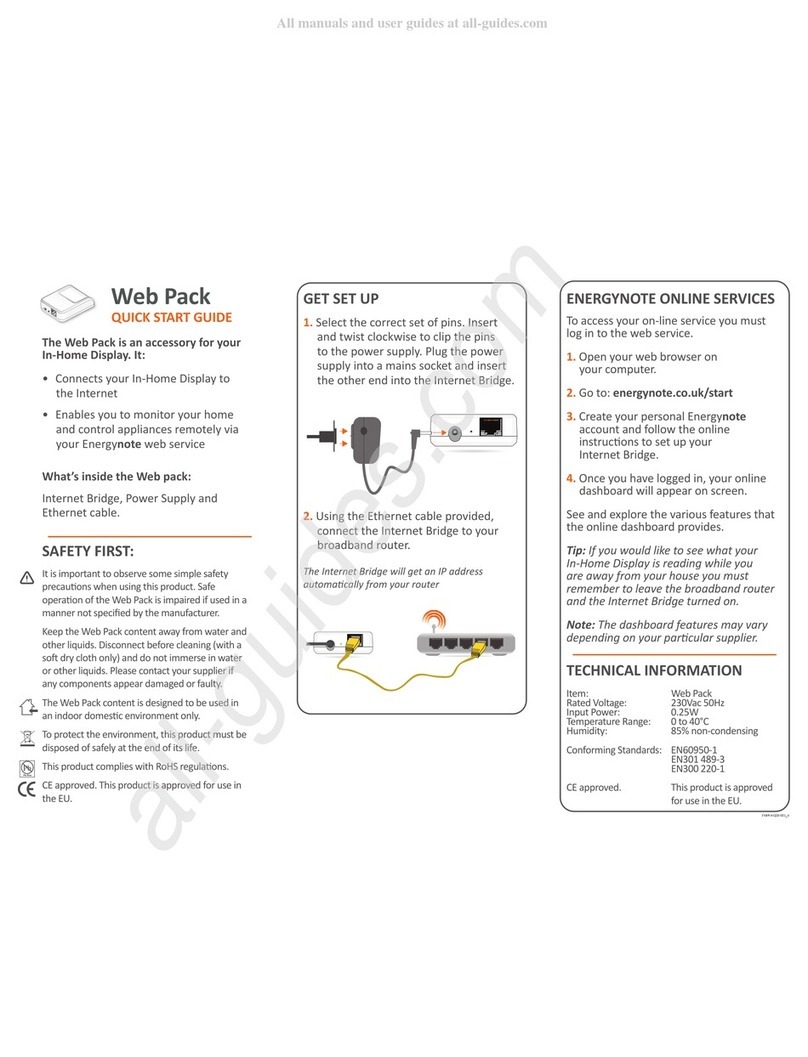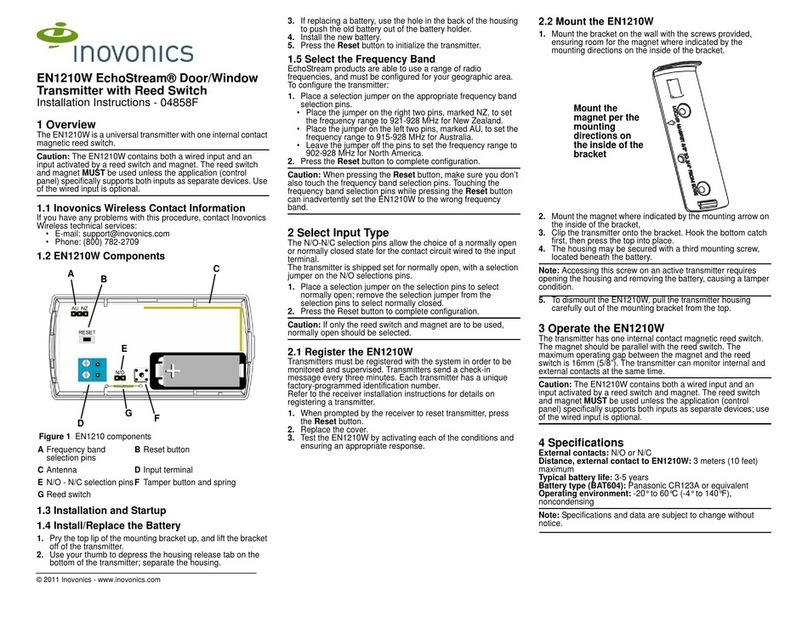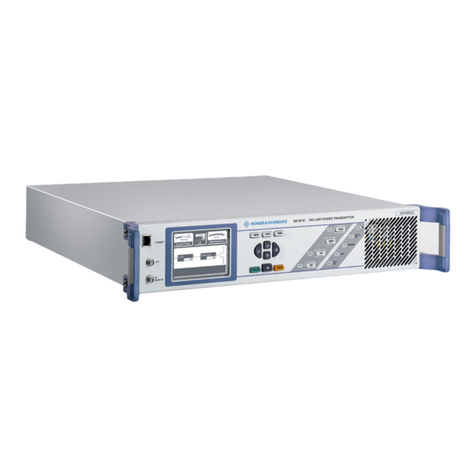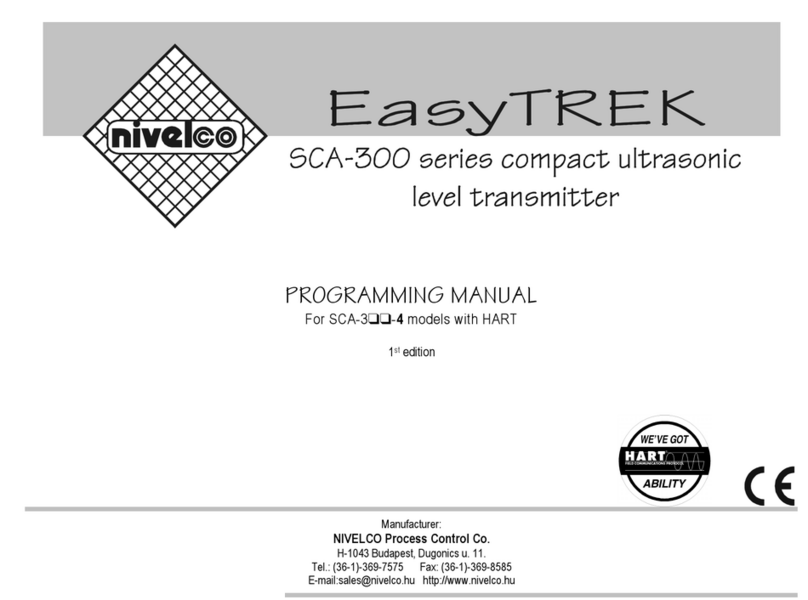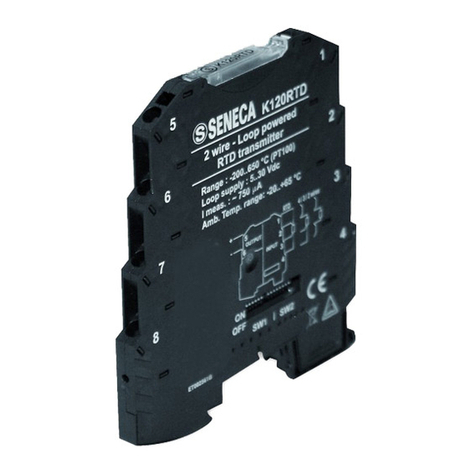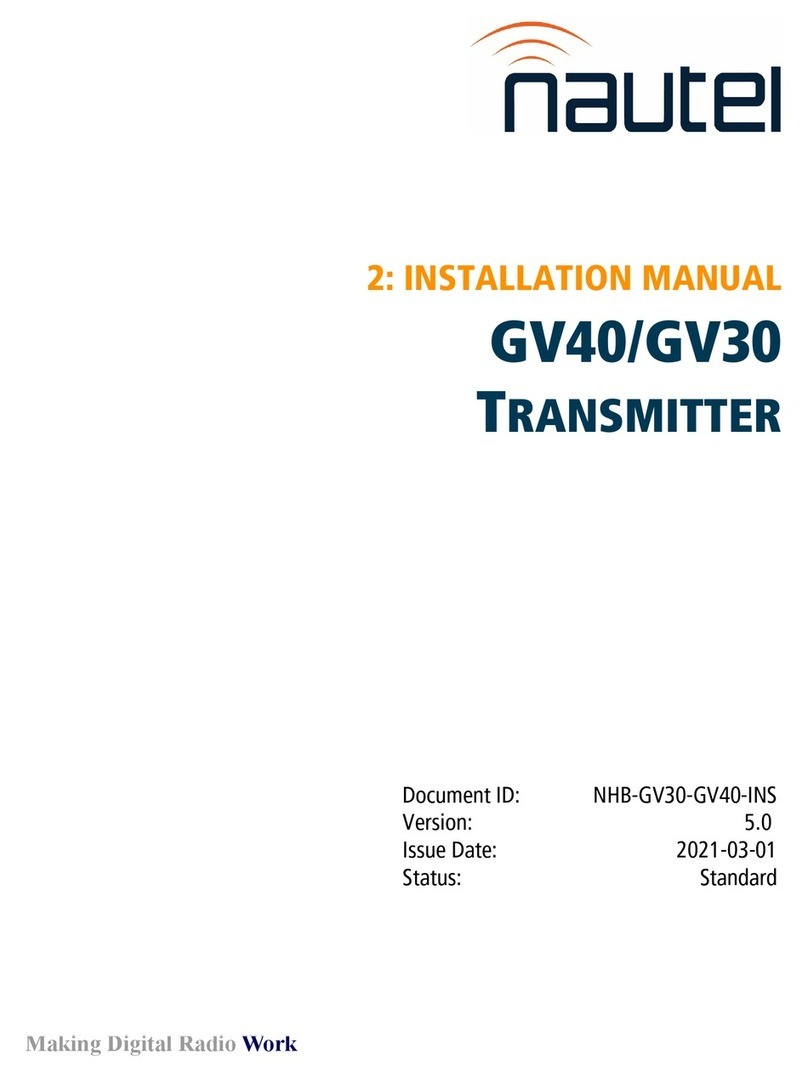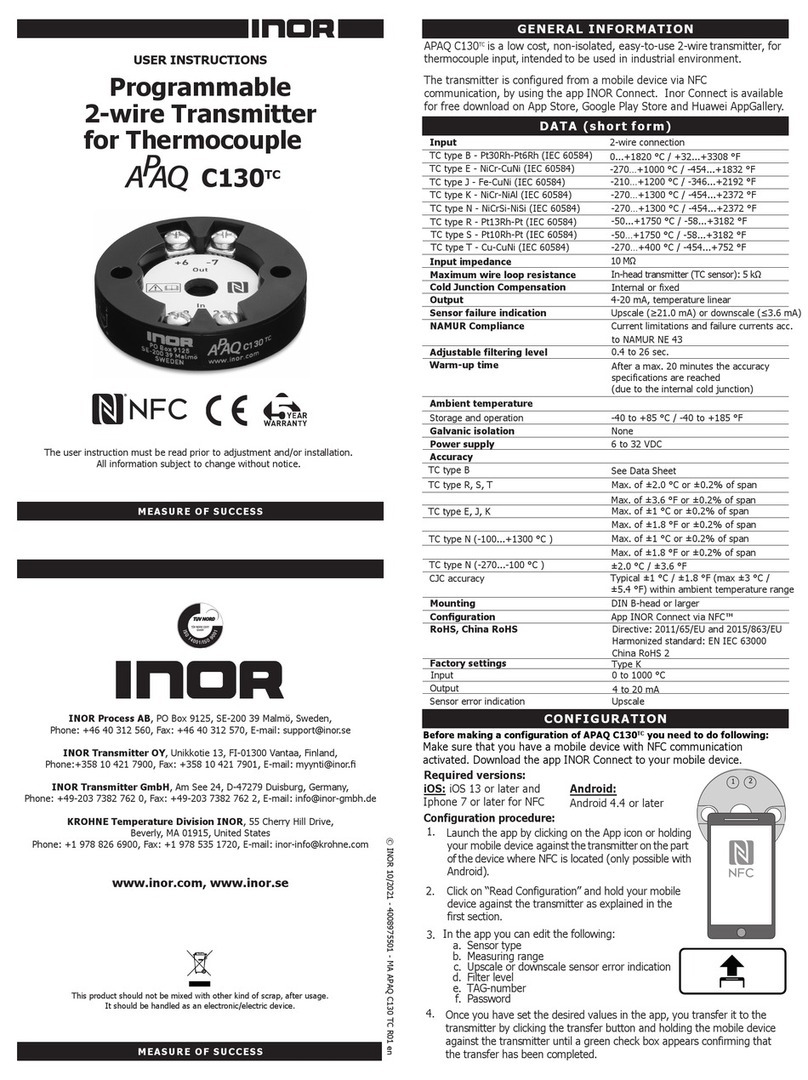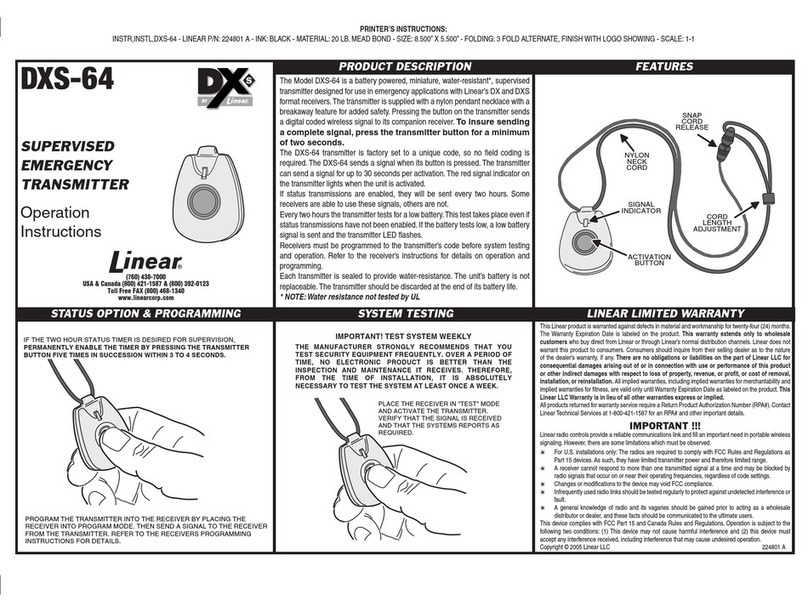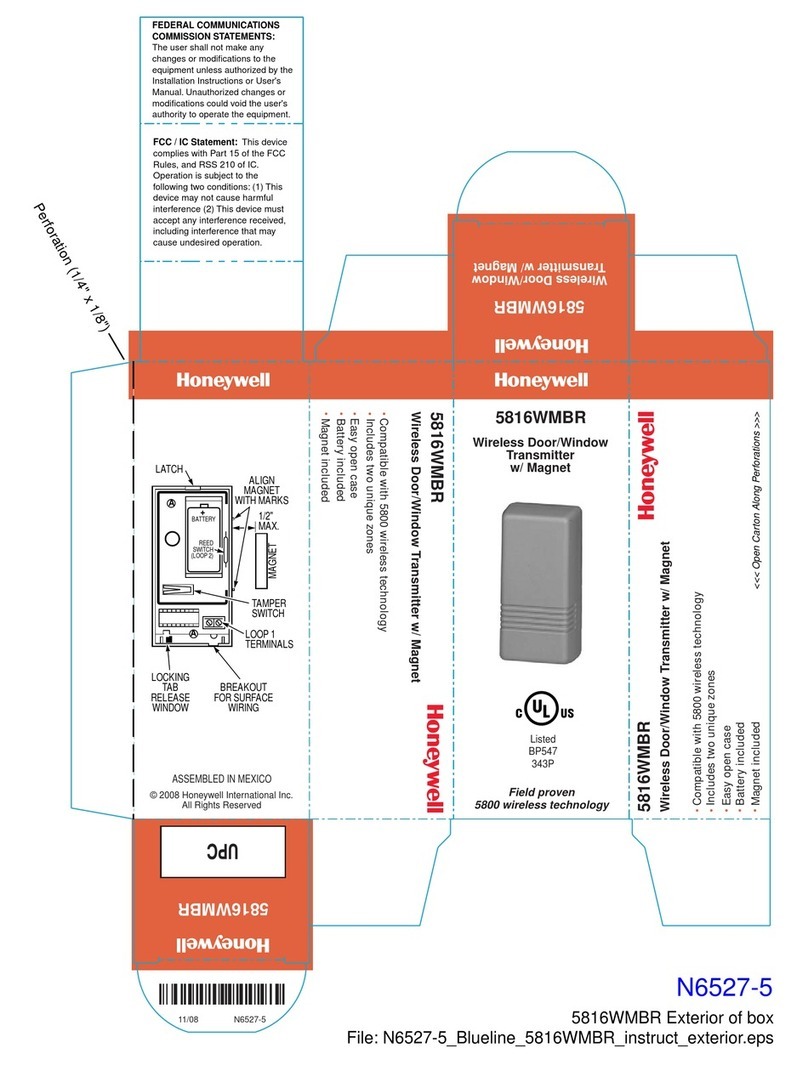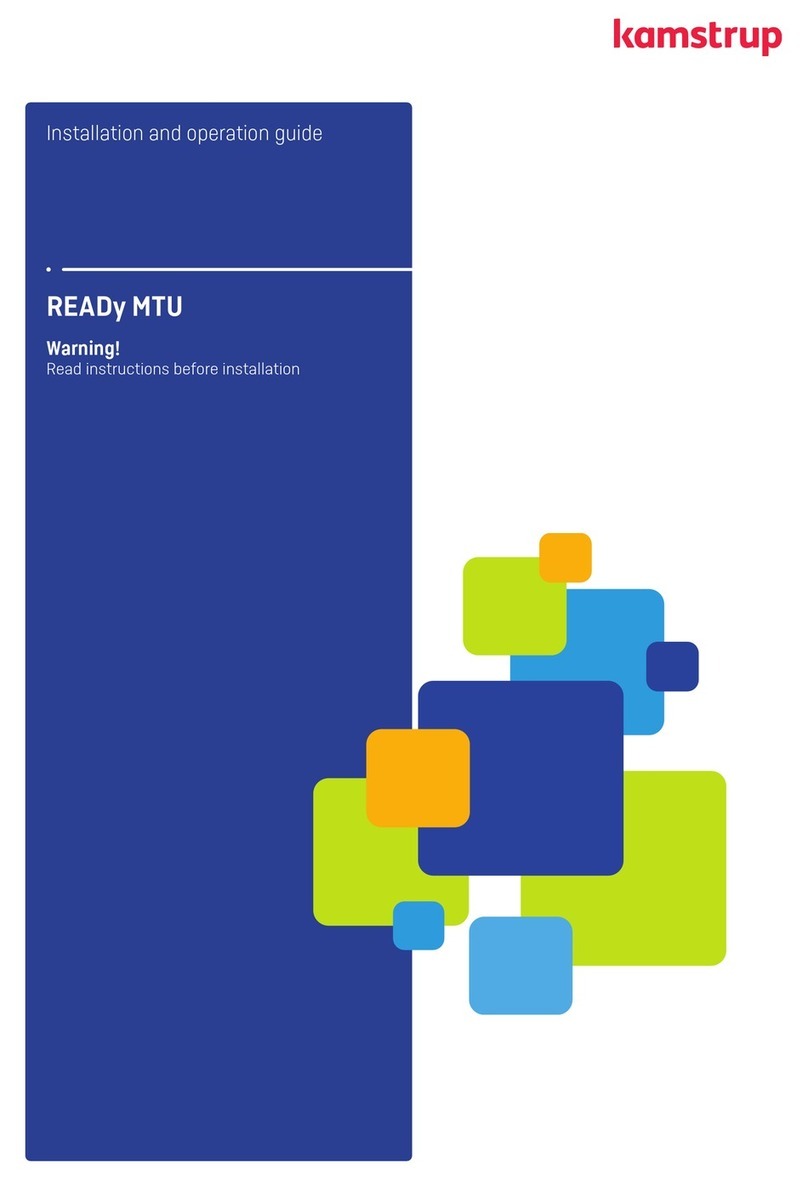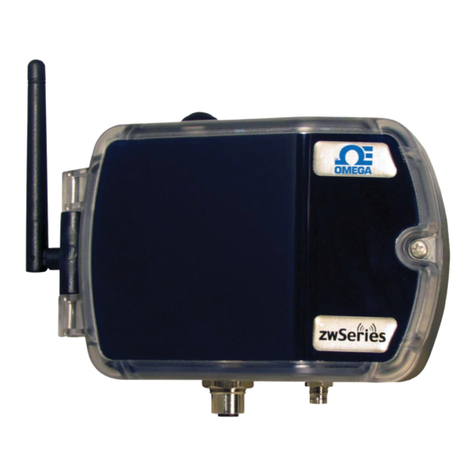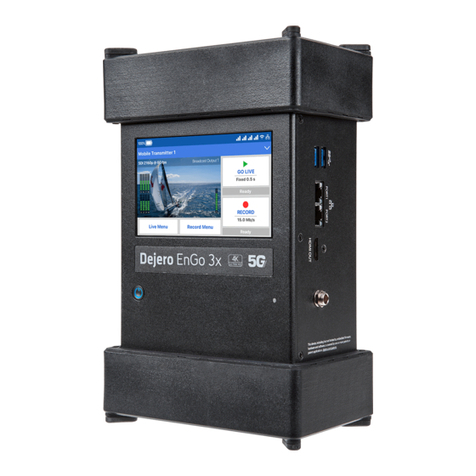
Transmitters 9 November 2001 77
Next Chapter
Transmitter
TX and QTX SERIES
TRANSMITTERS
Contents
Equipment Description ................................................................................................................................................79
Models ..........................................................................................................................................................................82
Controls, Indicators, and Connectors .................................................................................................................84
DT-TX Series Transmitters ..............................................................................................................................84
DT-QTX Controls and Connectors ...........................................................................................................89
Functional Description .................................................................................................................................................91
RF Signals .....................................................................................................................................................................93
Optical Signals ...........................................................................................................................................................94
Control Signals .........................................................................................................................................................94
DC Power ..................................................................................................................................................................95
Automatic Shutdown ....................................................................................................................................................96
Break in the Forward Link .................................................................................................................................97
Break in the Return Link .....................................................................................................................................97
Setting Up Automatic Shutdown ..................................................................................................................98
Installation .........................................................................................................................................................................100
Before You Start ..................................................................................................................................................100
Tools and Equipment ........................................................................................................................................101
Installing a Transmitter in the DT Shelf ...................................................................................................102
Checking Optical Output ................................................................................................................................105
Checking Laser Bias Current .........................................................................................................................108
Connecting the Optical Fiber .......................................................................................................................109
Connecting the RF Signal ................................................................................................................................113
Setting Up the Transmitter .....................................................................................................................................114
Tools and Equipment ........................................................................................................................................114
Activating the Transmitter ..............................................................................................................................115
Setting the Transmitter for Manual Mode (DT-TX Series) ........................................................118
Setting Up AGC ...................................................................................................................................................120
Specifications ...................................................................................................................................................................125
AM Optical Link Performance ..............................................................................................................................127
